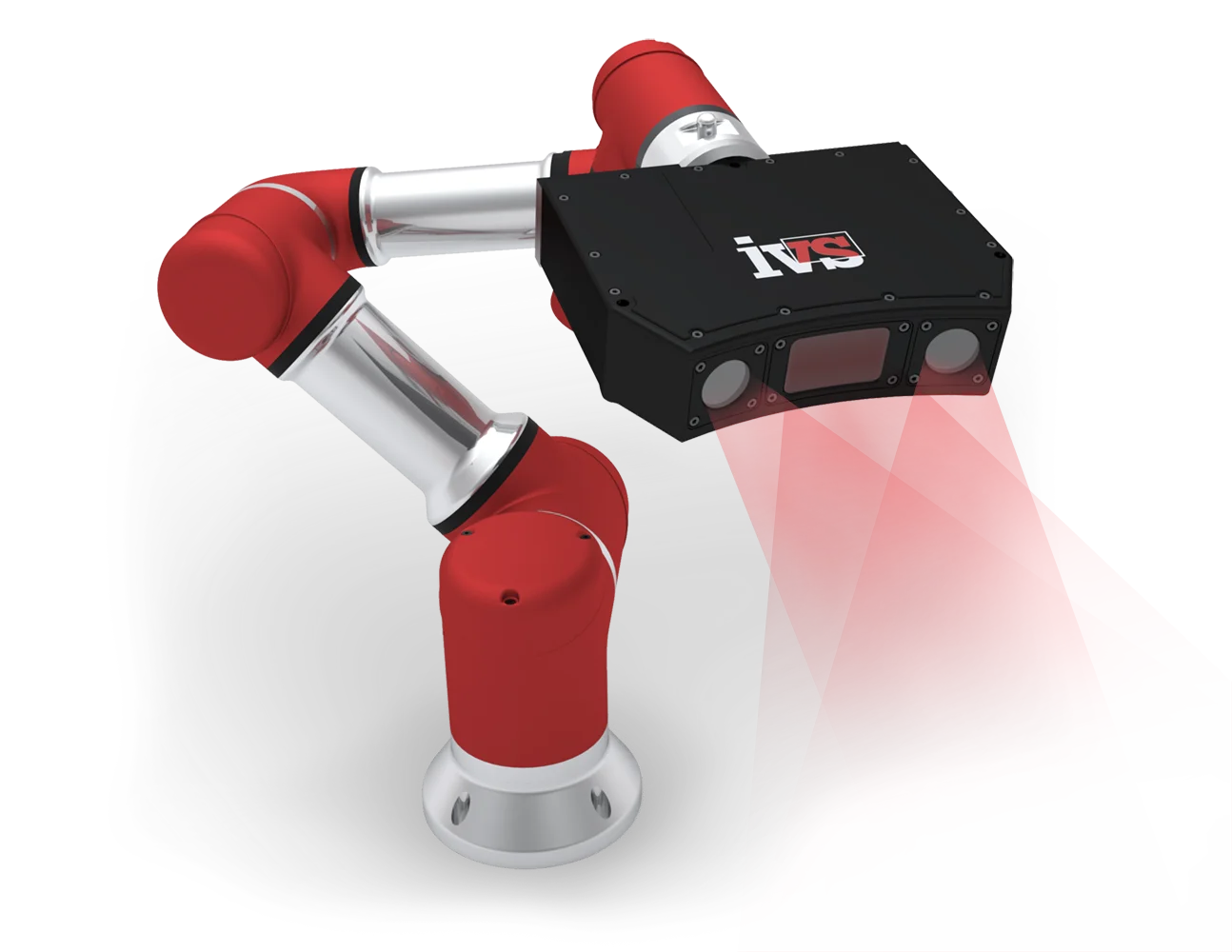Troubleshooting common issues with robotic vision
Checking out the Function of an Optical Fibre Diameter Analyser in Ensuring Item Top Quality
The role of an optical fibre diameter analyser is essential in preserving item high quality within the telecommunications sector. These devices procedure fibre diameter with accuracy, guaranteeing uniformity and efficiency. Variations in diameter can cause substantial signal loss, impacting interaction integrity. As suppliers purpose for quality, understanding the mechanisms behind these analysers comes to be important. What improvements lie ahead in this field, and how will they shape the future of optical fibre manufacturing?
Recognizing Optical Fibre Diameter Dimension
Gauging the diameter of optical fibres is an important procedure in assuring the efficiency and dependability of fibre optic systems. Exact measurement is important, as variants in diameter can significantly affect signal transmission and total system performance. The measurement procedure normally utilizes innovative tools and techniques, such as laser micrometers or optical fibre diameter analysers, which provide precise, real-time data.These tools can analyze fibres' diameters with severe precision, commonly to micrometre levels. This precision helps identify prospective flaws or inconsistencies in the production procedure. In addition, recognizing the diameter measurement entails recognizing the value of elements such as temperature, stress, and product properties, which can affect the final dimensions. By preserving rigorous measurement procedures, manufacturers can assure that the optical fibres fulfill market criteria and requirements, inevitably adding to the durability and efficiency of fibre optic networks.
The Relevance of Uniformity in Optical Fibre Production
Uniformity in optical fibre manufacturing is essential for making certain precision in manufacturing processes. Variations in diameter can significantly impact efficiency metrics, influencing the overall high quality and reliability of the fibre. As a result, standardization and top quality control measures are vital to keep uniformity and boost item performance.
Precision in Production Processes

Effect On Efficiency Metrics
Making certain uniformity in optical fibre diameter considerably affects performance metrics across different applications. Consistent diameter causes excellent light transmission, lowering signal loss and boosting overall performance. When fibres maintain a conventional dimension, the possibility of flaws decreases, improving dependability in telecommunications and data transfer (optical fibre diameter analyser). Additionally, uniform diameters help with much easier combination into existing systems, reducing compatibility issues. Variants in diameter can create variations in attenuation and dispersion, negatively affecting efficiency. By employing an optical fibre diameter analyser, producers can carefully keep track of and readjust manufacturing procedures, fostering a greater degree of uniformity. This uniformity not only enhances the high quality of the end product yet also strengthens consumer contentment, showing important for keeping affordable benefit in the optical fibre market
Standardization and Quality Assurance

How Optical Fibre Diameter Analysers Job
Optical fibre diameter analysers run via a mix of light transmission and innovative measurement methods to properly analyze the diameter of optical fibres. These devices make use of a laser or LED source of light that gives off a light beam routed at the fibre under assessment. As light connects with the fibre, it is refracted and scattered, enabling exact measurements.The analyser records the light utilizing a high-resolution cam or photodetector, which transforms the optical signals right into electric signals. Advanced algorithms after that refine these signals, determining the diameter based upon the intensity and circulation of the light.The system normally includes calibration functions to assure precision, using well-known standards click resources to confirm measurements. By constantly checking the fibre diameter, these analysers help keep compliance with industry standards and requirements, assuring consistent item high quality. Boosted automation in modern-day analysers even more simplifies the procedure, promoting real-time analysis for suppliers.
Effect On Signal Honesty and Communication Reliability
A constant and precise optical fibre diameter is necessary for keeping signal honesty and communication integrity in fibre optic networks. Variations in diameter can result in raised light loss, resulting in degraded signal quality and lowered transmission ranges. When fibres are not uniform, concerns such as modal diffusion and depletion might arise, which can misshape the information being transmitted and result in errors in communication.Furthermore, abnormalities in fibre diameter can influence the efficiency of connectors and splicing, resulting in more signal deterioration. This incongruity can endanger the overall reliability of network systems, impacting every little thing from web rate to telecommunication quality.
Enhancing Manufacturing Effectiveness With Advanced Innovation
Keeping consistent fibre diameter is essential for assuring reputable interaction systems. Advanced innovation, specifically the optical fibre diameter analyser, plays a vital role in boosting making efficiency. By offering real-time dimensions and exact information relating to fibre sizes, this innovation permits manufacturers to promptly recognize inconsistencies from needed specs. Subsequently, manufacturing processes can be adjusted without delay, decreasing waste and decreasing downtime.The integration of automated systems improves quality assurance, permitting for constant tracking throughout the manufacturing process. This not just speeds up production however additionally boosts general item quality, leading to fewer defects. Additionally, advanced analytics allow suppliers to maximize their procedures based upon empirical information, helping with continual improvement. Because of this, the optical fibre diameter analyser adds markedly to lowering functional expenses and boosting throughput, ultimately cultivating a much more competitive edge in the marketplace. By embracing these developments, manufacturers can assure their products meet the greatest requirements of high quality and dependability.
Future Patterns in Optical Fibre High Quality Assurance
As the optical fibre sector develops, future fads in high quality assurance will plainly feature developments in measurement modern technology. These technologies will certainly make it possible for more precise evaluations of fibre diameter, enhancing general product integrity. Additionally, the integration of computerized quality assurance systems assures to simplify processes and boost consistency in manufacturing.
Breakthroughs in Measurement Modern Technology
With the consistent advancement of optical fibre innovation, the demand for specific measurement tools is more important than ever. Current breakthroughs in measurement innovation have actually brought about the advancement of innovative optical fibre diameter analysers that use high-resolution imaging and laser-based methods. These technologies allow manufacturers to attain better precision and repeatability in diameter dimensions, important for preserving rigorous high quality criteria. Additionally, the combination of expert system and artificial intelligence formulas boosts information analysis, enabling real-time adjustments throughout manufacturing procedures. As the market welcomes these technological innovations, they guarantee to improve performance, reduce waste, and guarantee the reliability of optical fibres in different applications, inevitably supporting the expanding requirement for high-performance interactions facilities.

Automated Quality Assurance Equipment
While the optical fibre sector remains to breakthrough, the application of automatic quality assurance systems why not try these out is poised to revolutionize quality control processes. These systems use advanced formulas and real-time data evaluation to monitor fibre diameter and various other crucial parameters with unequaled precision. By integrating optical fibre diameter analysers with automated systems, suppliers can detect variances from specs instantly, minimizing the risk of defects. In addition, automation minimizes human error, boosts uniformity, and speeds up manufacturing timelines. As markets increasingly embrace Market 4.0 concepts, the role of automatic quality assurance systems will certainly broaden, assisting in a seamless link in between production and quality control. This shift not just assures greater item high quality however additionally fosters advancement and efficiency throughout the production procedure.
Often Asked Concerns
What Factors Affect the Optical Fibre Diameter Dimension Accuracy?
Factors impacting optical fibre diameter measurement accuracy consist of ecological conditions, calibration of measurement equipment, operator strategy, the sensitivity of the gauging tool, and the physical homes of the fibre itself, such as product composition and surface area irregularities. (robotic vision)
Exactly How Usually Should Optical Fibre Diameter Analysers Be Adjusted?
Calibration regularity for optical fibre diameter analysers commonly depends on usage strength and supplier referrals. Regular checks, typically monthly or quarterly, warranty measurement precision and integrity, therefore keeping the honesty of the production process.
Can Environmental Conditions Influence Dimension Outcomes?
Ecological conditions can considerably affect measurement outcomes. Variables such as temperature, humidity, and atmospheric pressure may affect the efficiency of measurement tools, potentially resulting in errors in the outcomes obtained from optical fibre diameter evaluation.
What Are the Common Kinds Of Optical Fibre Diameter Analysers?

How Do I Pick the Right Analyser for My Production Requirements?
Choosing the best analyser involves reviewing manufacturing needs, including fibre kind, diameter range, and measurement accuracy. Additionally, taking a look at the analyser's calibration, compatibility with existing tools, and user interface can considerably affect the decision-making process.